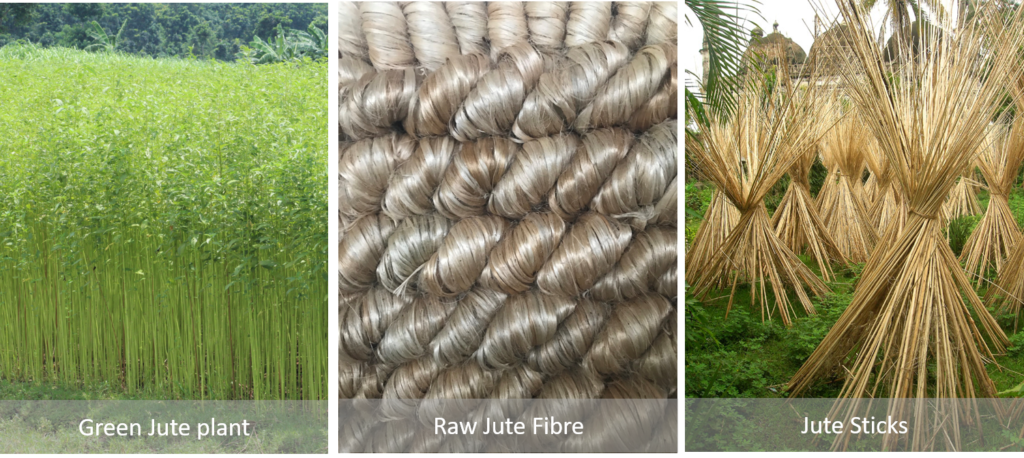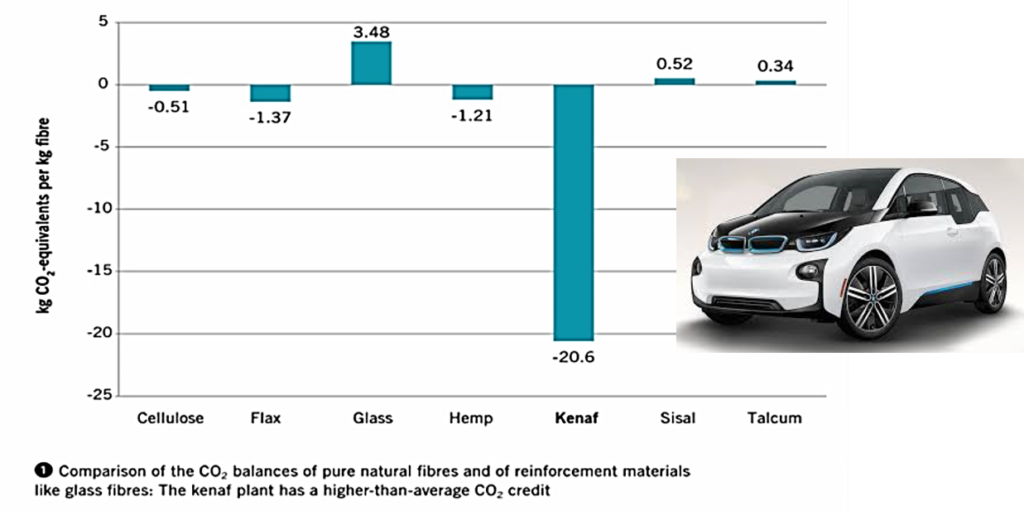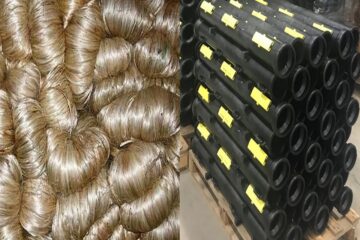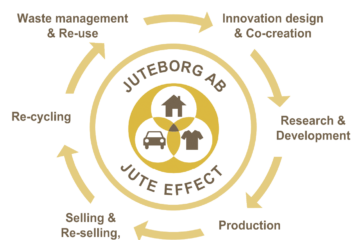
Jute is a natural longest bast fibre (3-4 m high), next to cotton in volume, grows mostly in Bangladesh (2nd largest) and India without compromising food production.
It grows during monsoon (most realistic crop to grow) in the crop rotation with other crops, mostly rice, within 120 days of the maturity period. Therefore, jute cultivation does not take away the land area from food production. Due to the increasing population of the world, it is necessary to not to take away land area from food production while producing materials. There are two major elements in jute – fibre and sticks (waste material at present).
Besides, being a rain-fed crop, Jute is the most realistic crop to grow during the monsoon. It is an annually renewable resource with a high biomass production per unit land area, and jute products being biodegradable decompose in the soil at the end of product life-cycle.
Jute, as a natural fibre, has many inherent advantages like lustre, high tensile strength, low extensibility, moderate heat and fire resistance and long staple lengths.
It has many advantages over synthetics and protects the environment and maintains the ecological balance by absorbing CO2 from and emit O2 into the air which helps the air purification. Studies indicate that one hectare of jute plants can consume up to 15 tons of carbon dioxide and release 11 tons of oxygen during the jute growing season.
Jute is an annually renewable resource with a high biomass production per unit land area. The production of 1MT of dry jute fibre (roughly equivalent to 1 MT of dry jute yarn) can fixate 2.556 MT CO2eq. during the lifetime of jute cultivation which makes it CO2 negative.
A study conducted by BMW on Kenaf (Jute family) comparing natural fibre with reinforced materials. Jute has higher than average CO2 credit than any other fibres,

Besides, Jute plants improve soil fertility due to its massive leave fall and root proliferation in the field which reduces the usage of synthetic fertilizer and pesticides in the next rice crop saving around 30% cost (internal case study).
The production of fibre crops has a limited impact on the environment. Comparative studies on the production phase of fibre crops with synthetic products, or glass fibres, indicate that fibre crops provide environmental benefits in terms of reduced CO2 and greenhouse gas emission levels and consumption of fossil energy.
The cost of natural fibres is much less compared to synthetic fibre due to the manufacturing techniques and process required for processing. Jute has a strong social aspect which 1/3rd of the 163 million population in Bangladesh is dependent on the Jute industry one way or the other (International Jute Study Group, 2015). Most of them are considered at the bottom of the pyramid people.
Introduction of Jute high tech products, by refining the raw material in Bangladesh can uplift the jute and the value chain by positively impacting around 50 million people out of poverty. Considering India, the impact could be an additional 70 million people.
There is no other material exists with such enormous social impact potential. Therefore, Juteborg Sweden AB argues that Jute is the most sustainable material in the world due to its strong environmental, economic and social dimensions.


